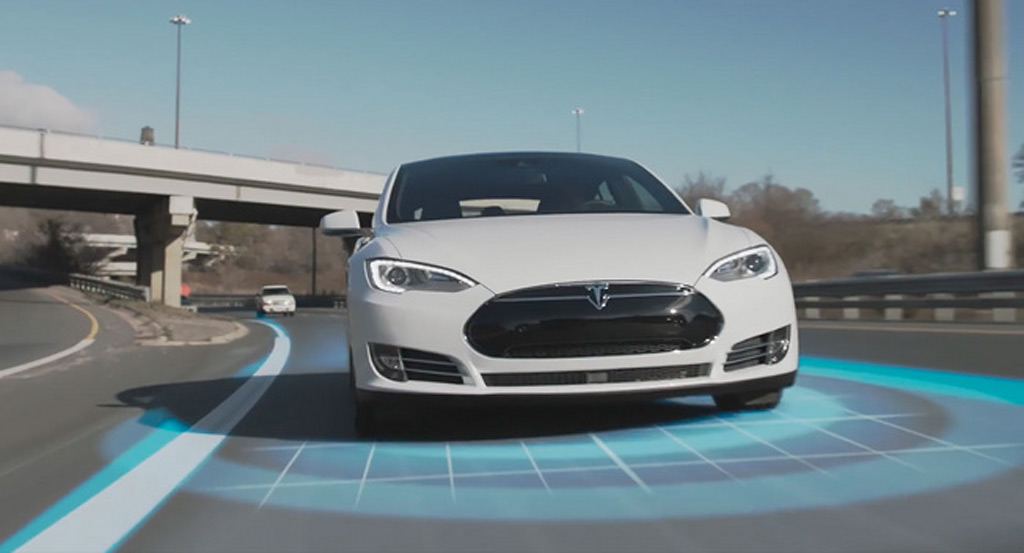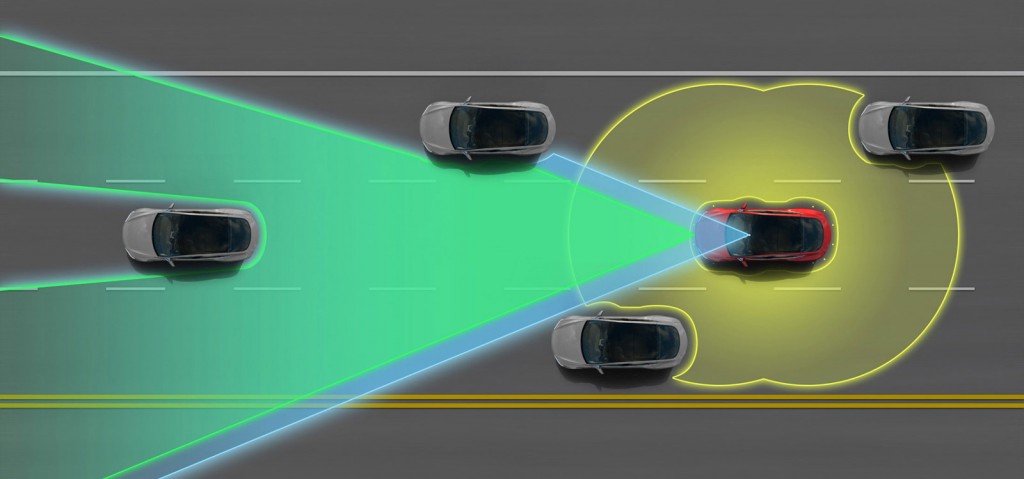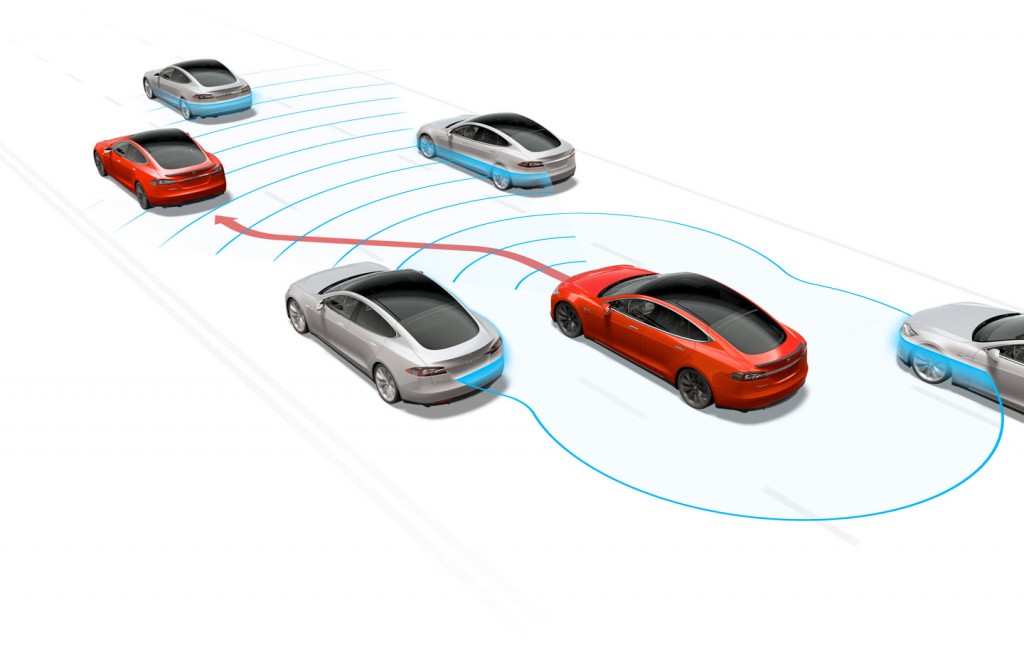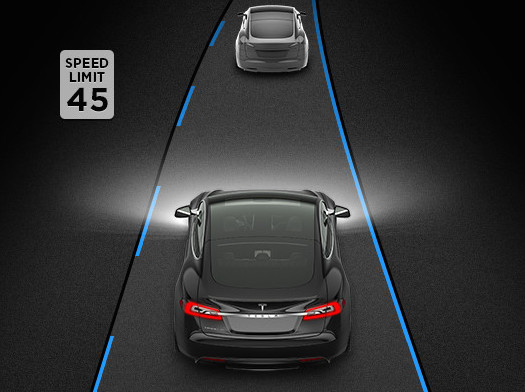The expanded collection of sensors known as Hardware 2 continues to bring new and revamped features to the Tesla Model S and Model X electric cars.
But how do the latest features offered by Autopilot stack up against those offered until last fall by the superseded Hardware 1 setup?
One owner has gone through the trouble of laying everything out as clearly as possible in an online spreadsheet, and it's instructive.
DON'T MISS: Is the latest Tesla Autopilot 'smooth as silk' as Musk claims? Video shows results
The spreadsheet tracks the function, firmware release, and indicates whether a certain feature has achieved parity with that offered under the Autopilot version running with Hardware 1—or, if it hasn't achieved parity or isn't available.
The most recent version 8.1 (17.22.46) represents a substantial update to Autopilot.
Notably, it includes the "silky smooth steering" promised by Tesla CEO Elon Musk, and also introduces automatic perpendicular parking.

Tesla Autopilot
Per the spreadsheet, each and every function currently found with the latest release, including a new bug fix, is available to those using Autopilot.
Autosteer, Speed Limit Detection, Automatic Display Brightness, and more are now fully functional with Autopilot, while previously they had been disabled when it was switched on.
Automated Local Lane Change is still in question, with the spreadsheet owner noting there hasn't been any information released to indicate it has achieved parity with the previous system.
READ THIS: When to use Tesla's Autopilot system, and when not to use it
Additionally, self-activating wipers are still not present in HW2 cars, perhaps because Tesla has yet to include a dedicated rain sensor in Hardware 2.
The Tesla Model 3 is expected to offer self-activating wipers, as suggested by the presence of a dedicated rain sensor as mentioned in a Tesla Motors Club forum post—which the owner suggests is "a bad sign" for owners of Hardware 2 cars hoping for the feature in the future.
Tesla has also reintroduced Automated Emergency Braking after it vanished as a feature in earlier releases using the Hardware 2 sensors.

Tesla Model S Autopilot system

Tesla Autopilot sensor system

Tesla Autopilot suite of features - with version 7.0 update
However, the automated braking now only works up to 28 mph; the function worked at highway speeds as well on HW1 cars.
Overall, the most recent update has helped to smooth out Autopilot functions, though owners' reports suggest it remains a tad unsure in certain driving situations.
Local city streets brought about less confidence in the system, while highway driving improved significantly.
Tesla recently brought on yet another AutoPilot chief—its fourth in six months—but the system will clearly continue to evolve and add features regardless.
The company has suggested several times that the new sensor suite will enable far more sophisticated self-driving features than the previous HW1 sensors.
Meanwhile, owners continue to hope for parity with the earlier models—and there will undoubtedly be more updates to come on that useful feature-tracking spreadsheet.
_______________________________________________












